Indoor vs. Outdoor Lighting
How to Choose the Right Fixtures
Imagine stepping into a room that feels warm, inviting, and perfectly illuminated. Now, envision an outdoor garden glowing beautifully, creating an enchanting ambiance under the night sky. Lighting is more than just illumination—it’s a tool that sets the tone, mood, and functionality of a space, indoors or outdoors. But choosing the right fixtures can feel overwhelming. Should you go for sleek pendant lights indoors or sturdy gate lights for your patio?
This guide will demystify indoor and outdoor lighting, helping you choose the perfect fixtures for your home. Whether you’re revamping your living room or designing a garden retreat, we’ve got you covered.
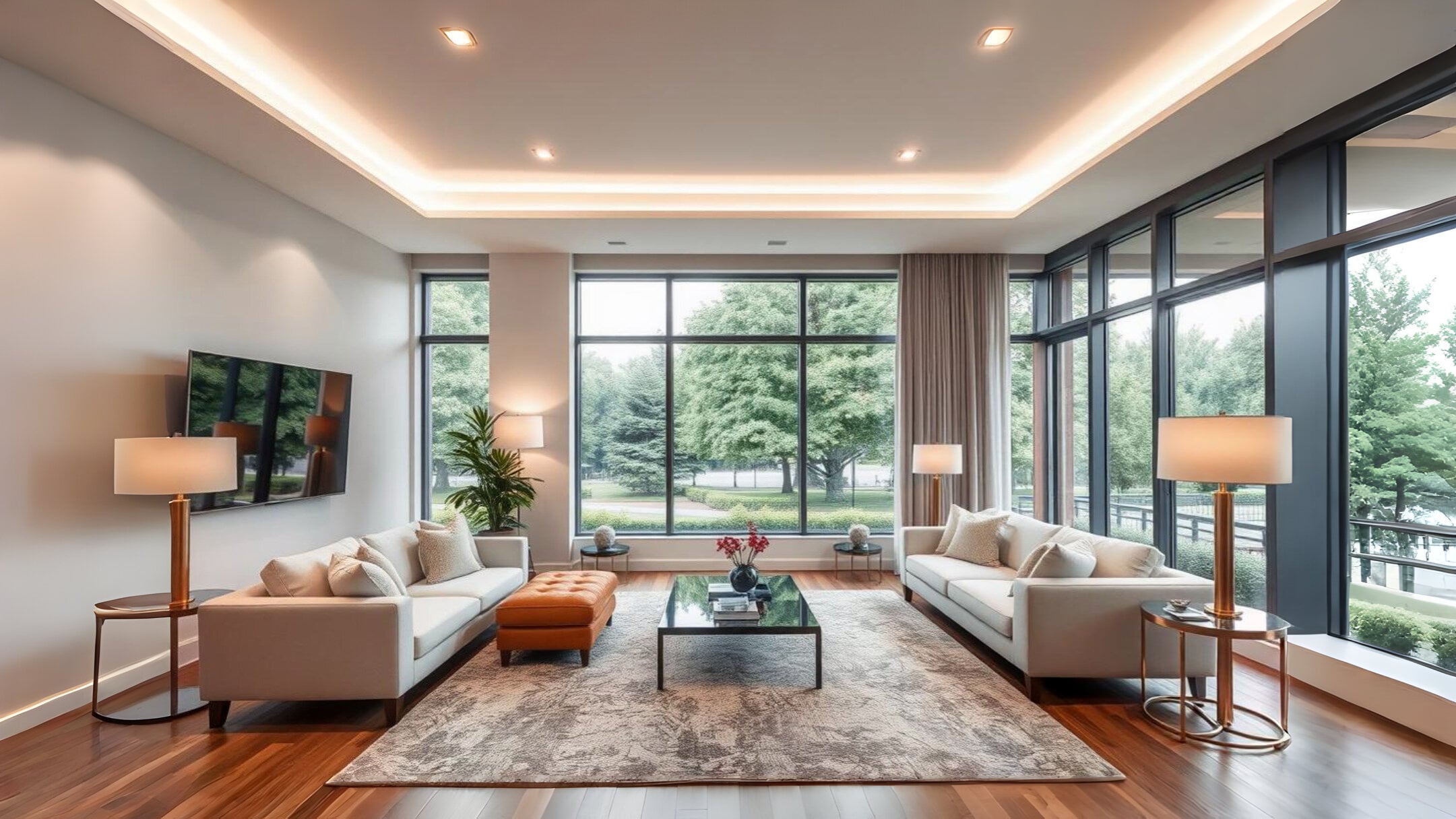
Why Lighting Matters in Home Design?
Lighting isn’t just about aesthetics; it’s a functional and transformative element in home design. The right lighting enhances architecture, creates ambiance, and improves functionality. Whether you’re designing your dream home or upgrading your current space, understanding the nuances between indoor and outdoor lighting can make all the difference. Choosing the right fixtures isn’t just about illumination; it’s about crafting the perfect balance between practicality and design.Poor lighting, on the other hand, can diminish the beauty of even the most well-designed spaces.
Indoor Lighting: An Overview
Indoor lighting focuses on creating a comfortable, functional, and visually appealing environment. It combines various lighting types to enhance the ambiance and meet specific needs like reading, dining, or relaxing. From cozy living rooms to efficient kitchens, the choice of fixtures plays a critical role in defining the space.
Types of Indoor Lighting Fixtures
- Ambient Lighting: The primary source of light that creates an overall illumination for the room. Examples include ceiling-mounted fixtures and recessed lights.
- Task Lighting: Designed for specific tasks like reading or cooking. Common fixtures include desk lamps and under-cabinet lighting.
- Accent Lighting: Highlights architectural features or decor elements, such as track lights or wall sconces.
Popular Indoor Lighting Options
- Chandeliers: Statement pieces that bring elegance and sophistication to dining rooms and living spaces.
- Pendant Lights: Perfect for kitchens and dining areas, offering both functional and decorative benefits.
- Floor Lamps: Versatile and portable, these lights add character while providing illumination for specific zones.
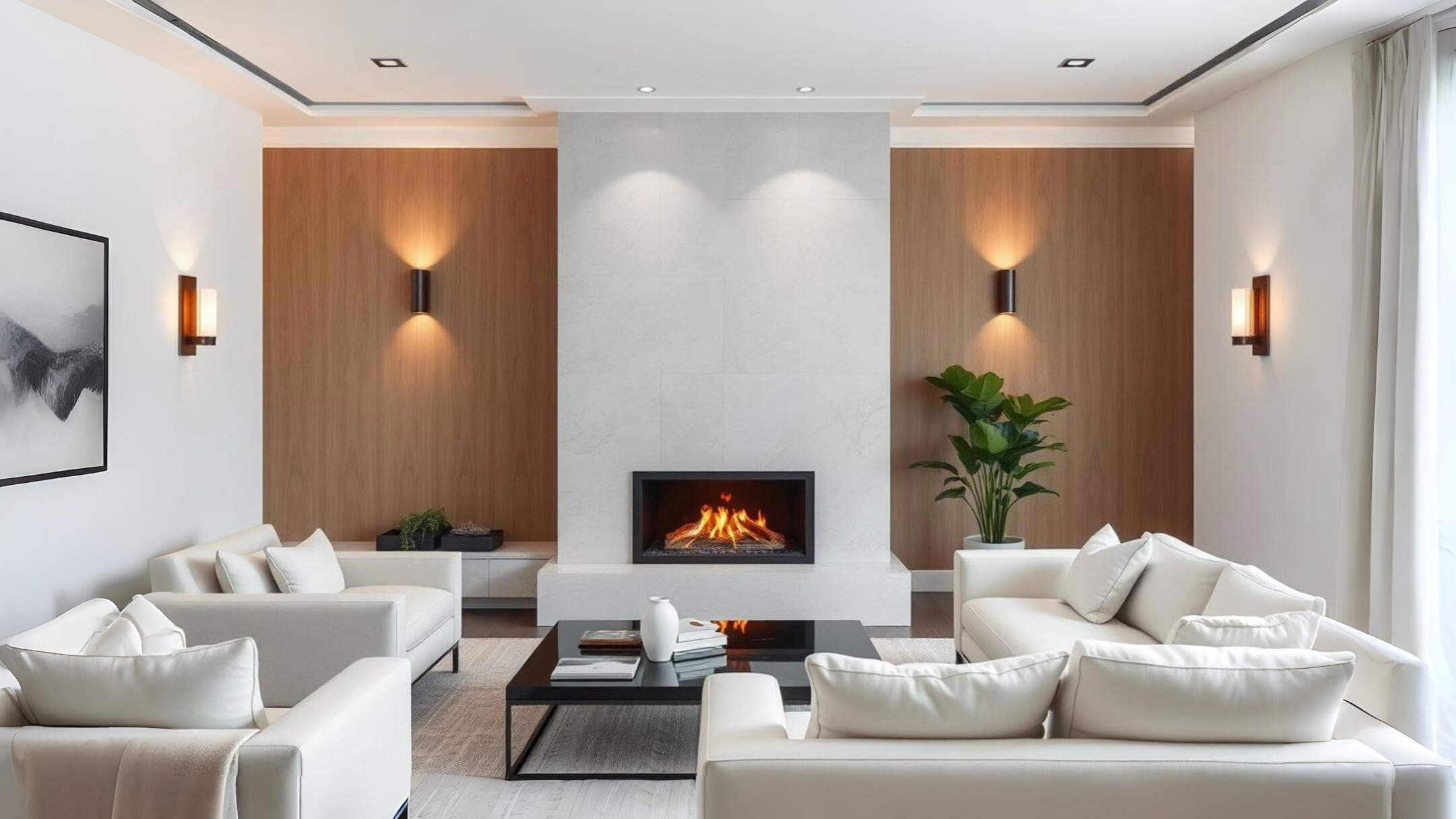
Outdoor Lighting: An Overview
Outdoor lighting serves multiple purposes, from enhancing curb appeal to ensuring safety and security. It must withstand weather conditions while delivering adequate brightness and style.
Types of Outdoor Lighting Fixtures
- Security Lighting: High-intensity lights placed around entry points to deter intruders.
- Pathway Lighting: Small fixtures that illuminate walkways and garden paths for safety and aesthetics.
- Decorative Outdoor Lighting: Adds charm and character, often seen in wall lanterns and string lights.
Popular Outdoor Lighting Options
- Pole Lights: Ideal for large outdoor areas, providing ample illumination and elegance.
- Gate Lights: Enhance the entrance while ensuring security.
- Wall Lanterns: Add a decorative touch to patios and verandas.
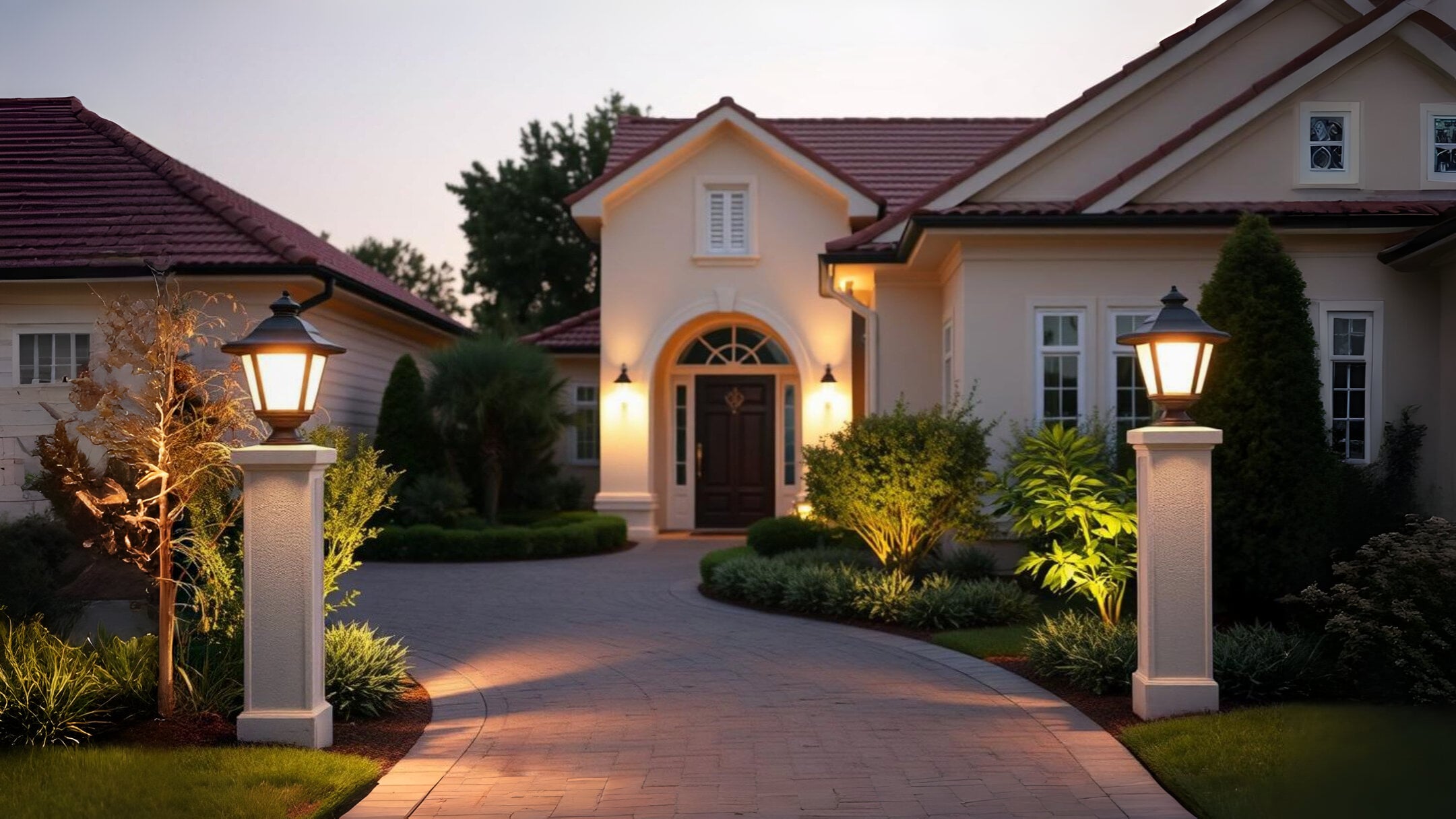
Key Differences Between Indoor and Outdoor Lighting
The requirements for lighting vary significantly based on where it is used. From design to durability, indoor and outdoor lighting are tailored to meet different purposes and challenges. Let’s explore the key differences between indoor and outdoor lighting:-
1. Design and Aesthetics
- Indoor Lighting: Focuses on aesthetics, creating a welcoming ambiance and complementing interior decor. Fixtures such as chandeliers, pendant lights, and wall sconces are designed with intricate details and materials like glass, fabric, and metals for elegance.
- Outdoor Lighting: Prioritizes practicality and durability while also enhancing the exterior appeal of the property. Fixtures like floodlights, garden lanterns, and outdoor wall lights often have simpler designs but are robust enough to withstand the elements.
2. Durability and Weather Resistance
- Indoor Lighting: Does not require resistance to harsh environmental conditions. Indoor fixtures are typically made from materials that are not waterproof or weatherproof.
- Outdoor Lighting: Must be designed to endure exposure to rain, wind, dust, and UV rays. Outdoor lights often have IP (Ingress Protection) ratings that indicate their ability to resist water and dust, making them durable and long-lasting.
3. Power Requirements and Voltage
- Indoor Lighting: Operates at standard household voltage (120–240V, depending on the country). Indoor lighting systems are optimized for efficiency and are less demanding in terms of power usage.
- Outdoor Lighting: Sometimes operates on lower voltage systems (12V or 24V) for safety, especially for pathway or garden lighting. These systems are designed to reduce the risk of electrical hazards in wet conditions.
4. Lighting Purpose and Functionality
- Indoor Lighting: Emphasizes task, ambient, and accent lighting. Fixtures are chosen to provide comfortable illumination for specific activities like reading, dining, or relaxing.
- Outdoor Lighting: Focuses on security, navigation, and highlighting landscape features. Motion-sensor floodlights, gate lights, and step lights are common for ensuring safety and security while adding visual appeal to the outdoors.
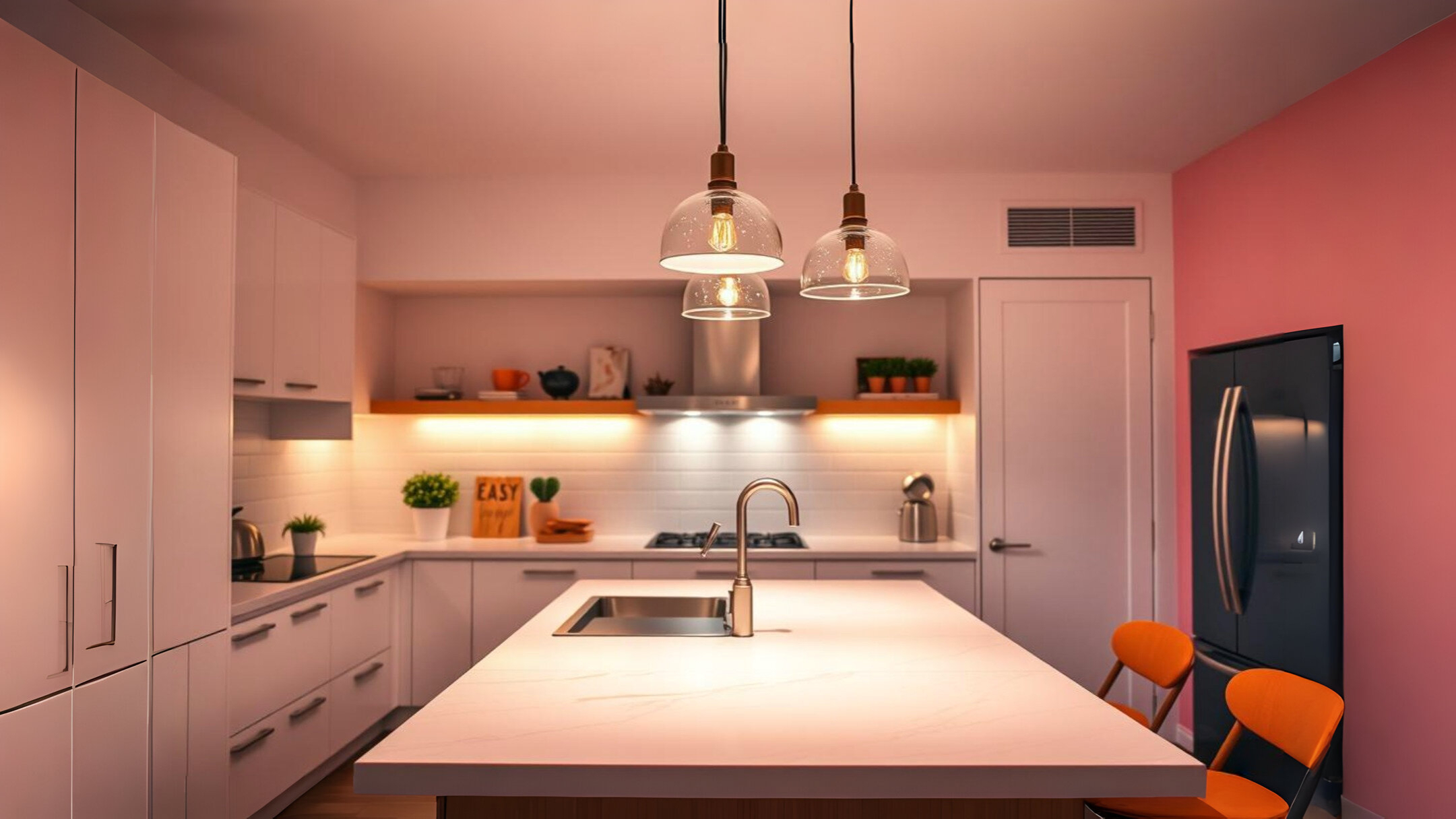
5. Light Intensity and Beam Angle
- Indoor Lighting: Often uses soft, warm light with a focus on diffused illumination to create a cozy and relaxing environment. The beam angle is generally broader to evenly light a room.
- Outdoor Lighting: Requires brighter and more focused beams for visibility and safety. Spotlights, floodlights, and pathway lights often have narrow beam angles to concentrate light on specific areas.
6. Energy Efficiency and Sustainability
- Indoor Lighting: Energy-efficient solutions like LED bulbs are increasingly popular to reduce electricity bills and carbon footprints. However, energy use indoors is typically lower than outdoors.
- Outdoor Lighting: Often equipped with solar-powered lights or motion-sensor options to minimize energy consumption. Outdoor lights are designed to operate efficiently in varying conditions, reducing reliance on traditional power sources.
7. Installation and Maintenance
- Indoor Lighting: Installation is relatively straightforward as the fixtures are mounted in controlled environments. Maintenance primarily involves cleaning and occasionally replacing bulbs.
- Outdoor Lighting: Requires more complex installation processes, including weatherproof wiring and ensuring compliance with safety standards. Maintenance can involve cleaning off dirt, ensuring connections are intact, and replacing weathered parts.
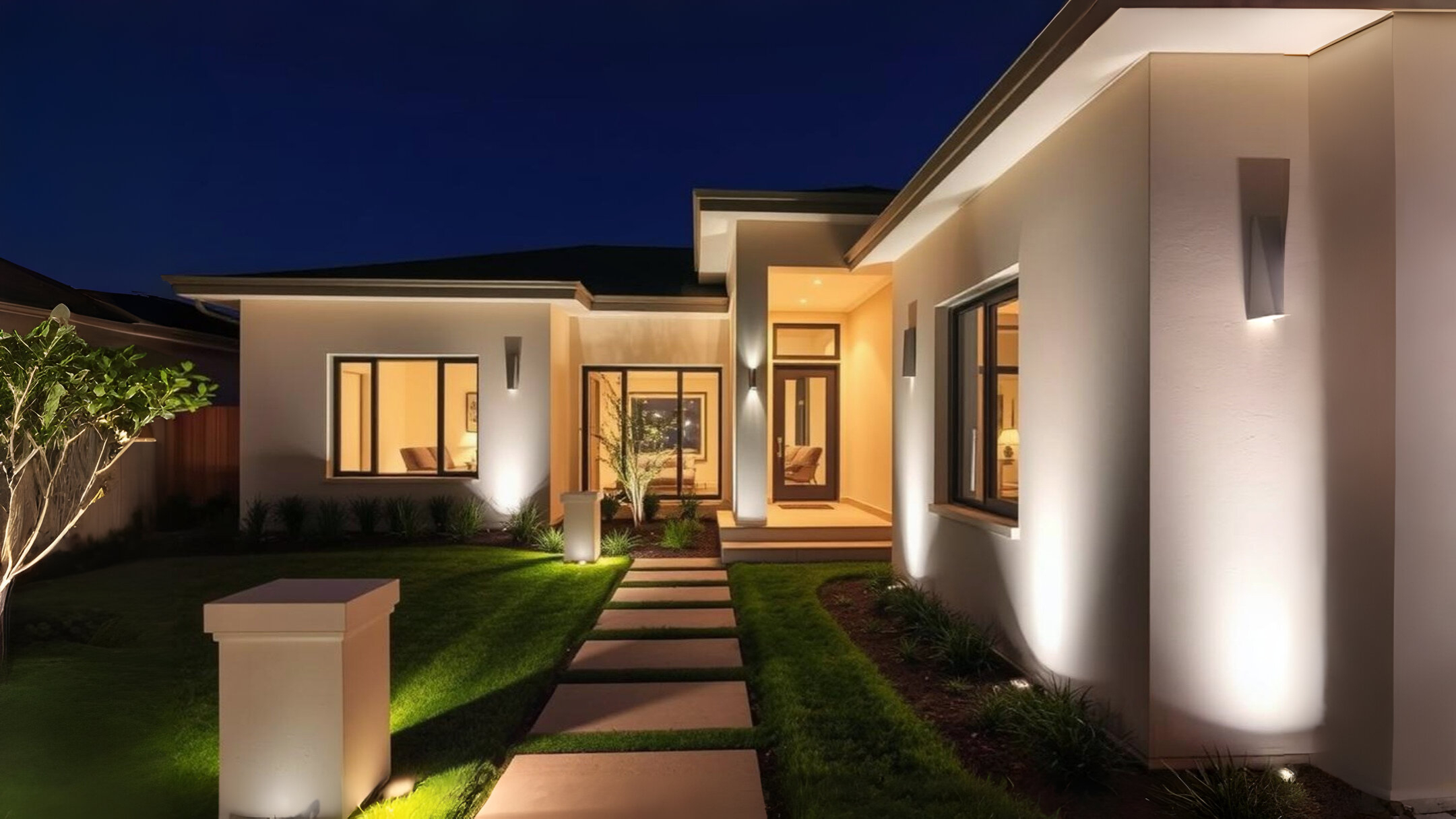
Factors to Consider When Choosing Fixtures
Selecting the right fixtures is crucial for creating a functional and aesthetically pleasing space. Here are the key factors to consider:
- Functionality: Evaluate the primary purpose of the fixture. For instance, is it for task lighting, ambiance, or decorative purposes? Choose a design that aligns with its intended use.
- Style and Design: Fixtures should complement your interior decor. Whether your style is modern, traditional, or eclectic, ensure the design seamlessly integrates with the overall theme.
- Material and Finish: The material affects durability and appearance. Options like metal, glass, and ceramic offer diverse aesthetics. Match finishes, such as matte or glossy, with other elements in your space.
- Size and Scale: The size of the fixture should be proportionate to the room. Oversized fixtures may overwhelm, while smaller ones may go unnoticed.
- Energy Efficiency: Opt for energy-saving options like LED lights to reduce electricity costs while being environmentally friendly.
- Budget: Define your budget and explore options within your price range without compromising quality.
- Ease of Maintenance: Select fixtures that are easy to clean and maintain for long-term functionality and appearance.
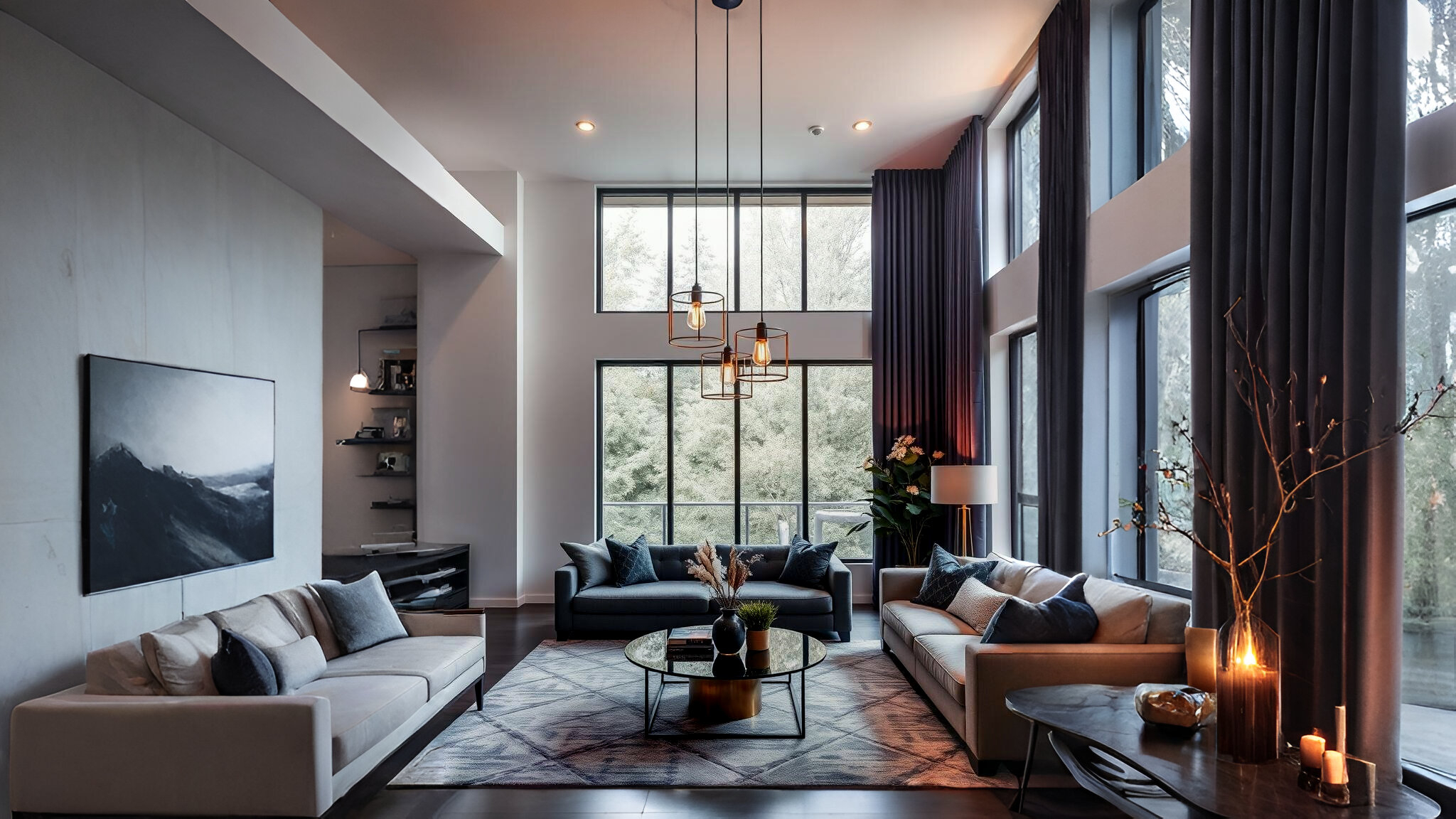
Tips for Seamlessly Coordinating Indoor and Outdoor Lighting
Coordinating indoor and outdoor lighting can elevate the overall ambiance of your home, creating a harmonious flow between spaces. Here are some tips to seamlessly blend both:
- Use Complementary Styles: Select lighting fixtures that share similar designs, colors, or finishes. For instance, matching the finish of your indoor pendant lights with outdoor lanterns can create visual consistency.
- Choose Warm or Cool Lighting Consistently: Keep the color temperature of lights consistent. Whether warm or cool, ensure that both indoor and outdoor lights share the same tone for a cohesive look.
- Layer Your Lighting: Both spaces benefit from layered lighting. Use task, ambient, and accent lighting indoors and outdoors. For example, combine table lamps and floor lamps inside with string lights and garden lamps outside.
- Highlight Pathways and Entryways: Soft outdoor lighting along walkways and near doors can guide guests while matching the indoor lighting near the entrance. Wall lights work well both indoors and outside.
- Consider Smart Lighting: Smart lighting systems can help synchronize indoor and outdoor lighting, giving you control over the brightness and timing to suit various moods or occasions.
By following these tips, your home’s lighting will feel like a cohesive extension of your personal style.
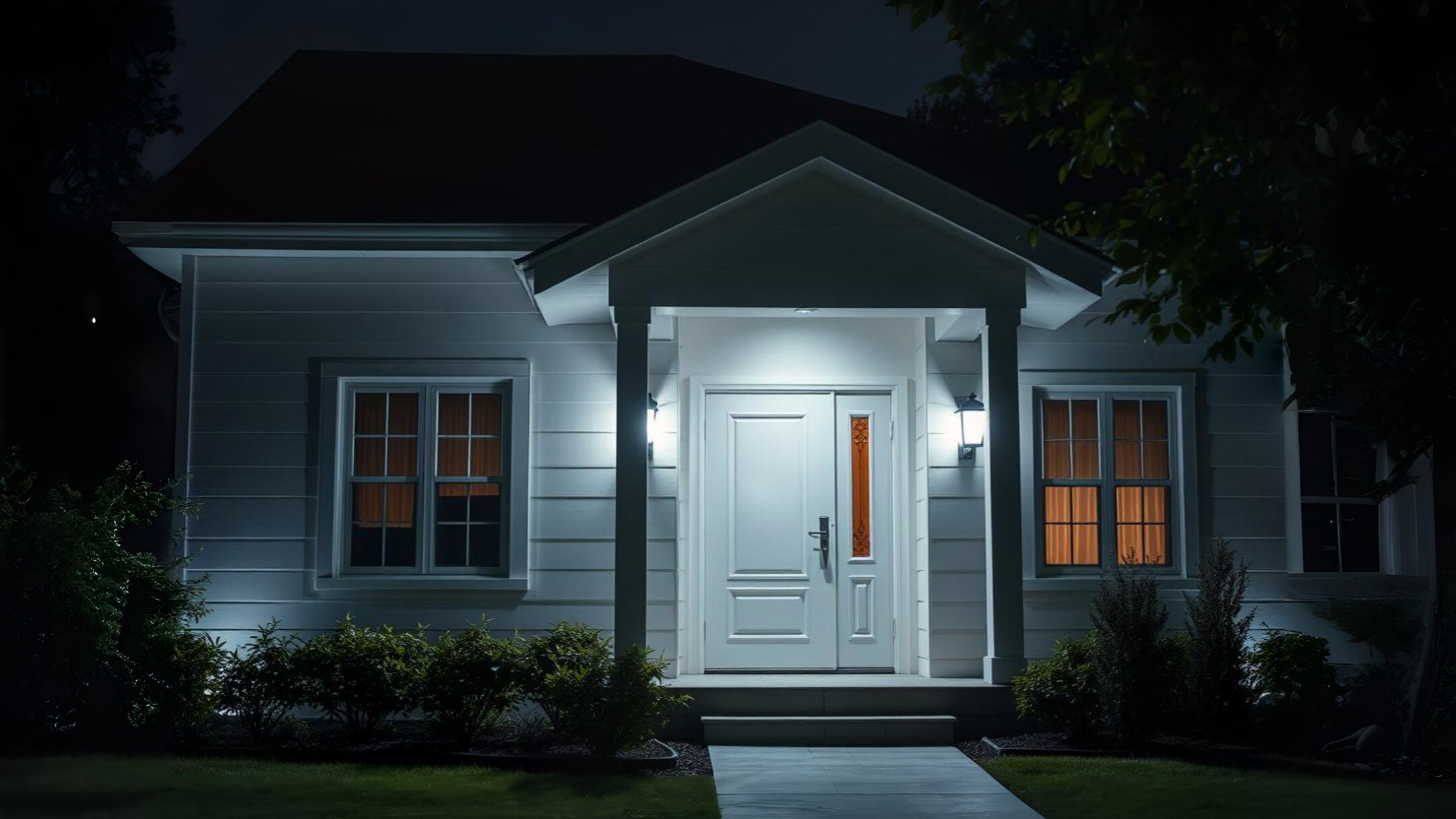
Common Mistakes to Avoid in Lighting Selection
Have old vases lying around? Give them a second life with these creative ideas:
- Ignoring Scale: Oversized or undersized fixtures can disrupt the visual harmony of a space.
- Overlooking Color Temperature: Choose the right warmth or coolness to match the room’s purpose.
- Neglecting Outdoor Durability: Ensure outdoor lights are specifically designed to withstand environmental factors.
- Skipping Energy Efficiency: Avoid fixtures with high energy consumption to reduce your electricity bills.
- Improper Placement: Incorrect positioning can lead to uneven lighting and reduce functionality.
Top Picks for Indoor and Outdoor Fixtures
Best Indoor Lighting Fixtures for Modern Homes
- Sleek pendant lights for kitchens.
- Artistic chandeliers for living rooms.
- Adjustable floor lamps for reading corners.
Durable and Stylish Outdoor Lighting Fixtures
- Waterproof wall lanterns for patios.
- Robust gate lights for enhanced security and aesthetics.
- Solar-powered pathway lights for gardens.
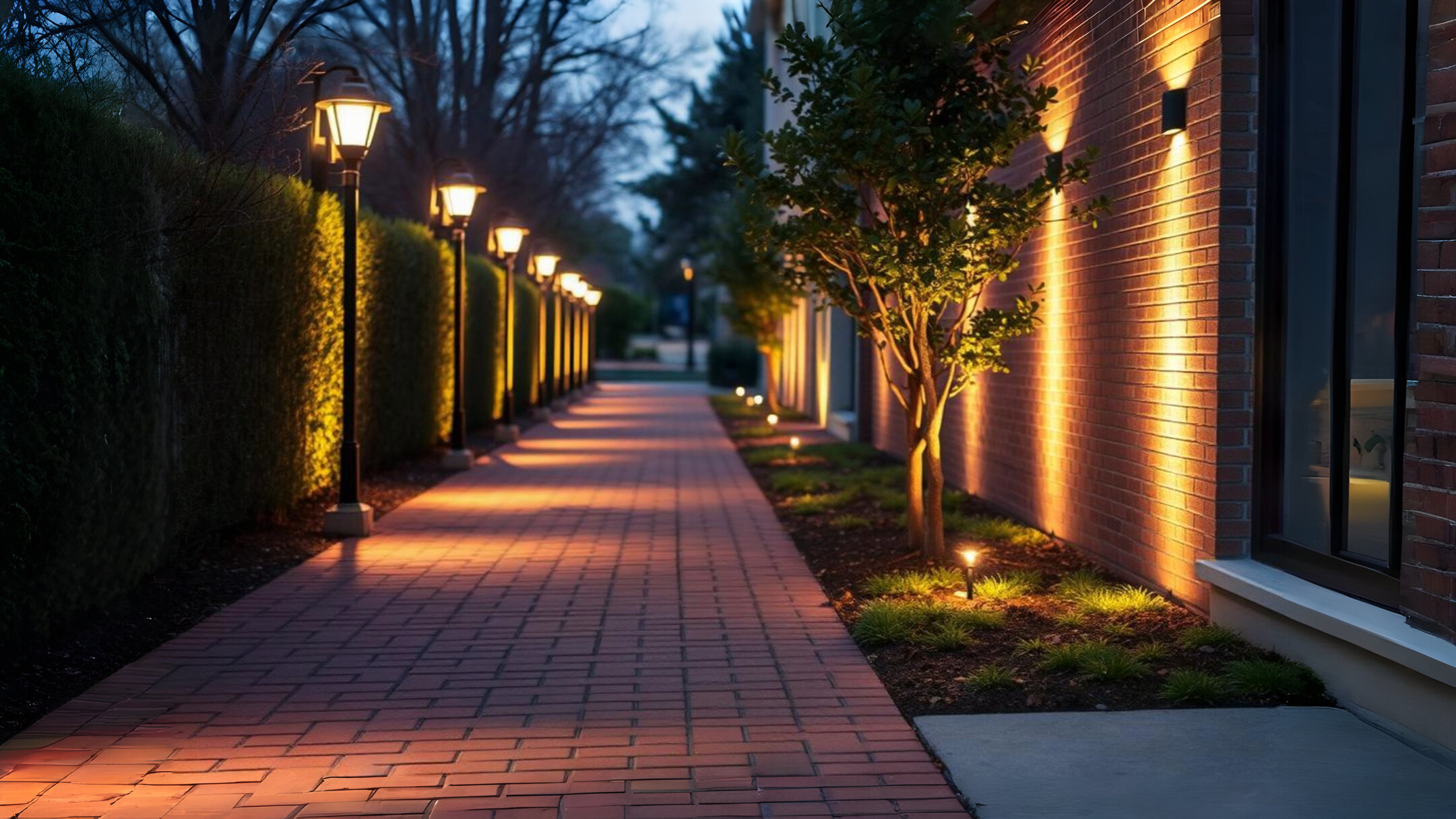
FAQs About Indoor and Outdoor Lighting
What’s the best way to layer indoor lighting?
Combine ambient, task, and accent lighting for balanced illumination.
How do I choose the right outdoor lighting for security?
Opt for motion-activated LED floodlights or wall-mounted lights with sensors.
Can indoor fixtures be used outdoors?
No, outdoor fixtures are designed to withstand weather conditions, unlike indoor ones.
What’s the ideal height for pendant lights?
Hang pendant lights 30-36 inches above a dining table or countertop.
Are LED lights suitable for outdoor use?
Yes, LEDs are energy-efficient, durable, and ideal for outdoor applications.
What IP rating is suitable for outdoor lighting?
Look for IP65 or higher for fixtures exposed to rain and dust.
How do I match indoor and outdoor lighting styles?
Choose fixtures with similar materials or finishes for a cohesive look.
What color temperature is best for outdoor lighting?
Cool white (4000K–5000K) is ideal for visibility and security.
Do outdoor lights require special wiring?
Yes, ensure outdoor lights are installed with waterproof wiring and connectors.
How can I make my garden lighting eco-friendly?
Use solar-powered or energy-efficient LED lights or solar powered lights for sustainable options.
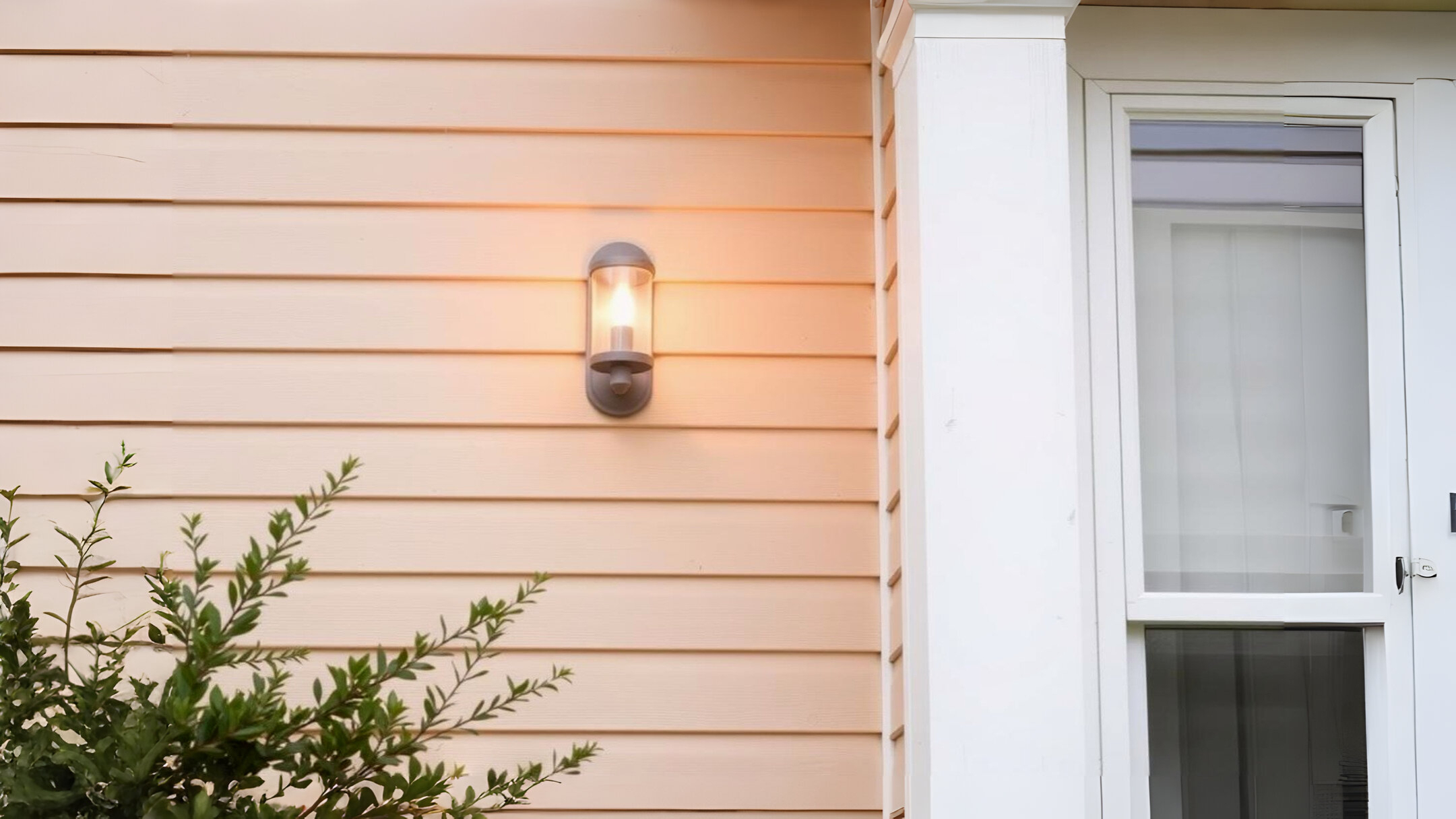
Conclusion
Lighting is the cornerstone of any well-designed space, and choosing the right fixtures can transform your home. Indoor lighting enhances comfort and style, while outdoor lighting ensures safety and charm. By understanding your needs and considering factors like durability, energy efficiency, and design, you can create a harmonious lighting scheme that elevates your living spaces.
Experiment with different styles, layer your lighting, and most importantly, let your creativity shine. After all, the right lighting doesn’t just illuminate a space—it tells a story.
Thank you for reading! For feedback or inquiries about our products, feel free to reach out via WhatsApp


